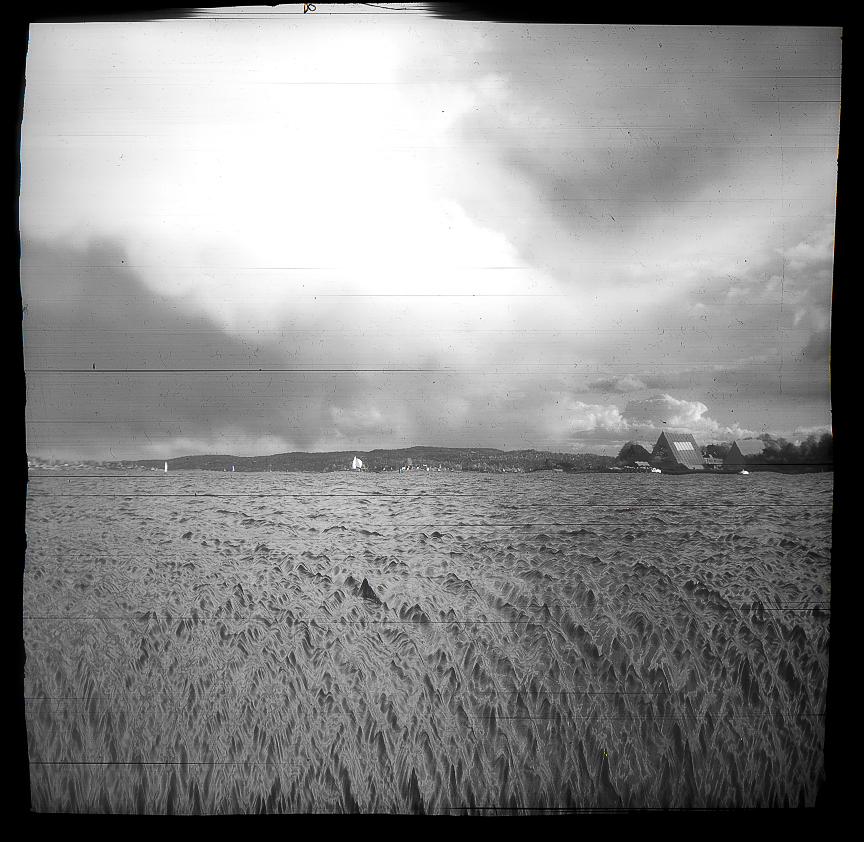this post was submitted on 28 Jul 2024
221 points (97.4% liked)
Photography
5027 readers
48 users here now
A community to post about photography:
We allow a wide range of topics here including; your own images, technical questions, gear talk, photography blogs etc. Please be respectful and don't spam.
founded 2 years ago
MODERATORS
you are viewing a single comment's thread
view the rest of the comments
view the rest of the comments

Just a minor addendum, 44.1 kHz wasn’t really ideal for human hearing; it’s not quite double the highest audible frequency for a lot of humans. The frequency was chosen for audio CDs because the data was recorded onto U-Matic video cassette tapes for duplication (if you watched the tapes back connected to a TV it looks like a black and white checkerboard but the squares switch rapidly and randomly) and 44.1 kHz was the most that could reliably fit on the tape. It worked well enough since most of the sounds recorded are under 22 kHz, but it’s a contributor of why some people say CD audio isn’t as good as a high-quality analog recording. A lot of non-CD digital audio like the audio for digital video or higher resolution digital audio prefers 48 kHz or a multiple of that, like 96 or 192 kHz.
I don't have the time to write a well thought out reply, but CDs trump cassettes in terms of both dynamic range and noise floor. Records are worse than cassettes in both categories. I would personally trade a small amount of frequency response for the other two.
That said, people are... well people. Do what makes you happy.
I think the people who make those claims are usually referring to vinyl records, not cassettes. That said, I would not be surprised if the people who claim they can hear a difference are mostly imagining it. Or perhaps it’s something that dates back to the early days of CDs when the equipment and mastering techniques were not as good as they became later in the ’90s/’00s, not something applicable today.
I suspect, but it's hard to find technical data, that the noise floor and dynamic range of vinyl are worse than cassettes.
You're right that there's a strong degree of interplay with other things though. Vinyl can really only be listened to indoors, which allows whomever is doing the mix to assume some things about the environment (it's likely quiet for example). Portable media really kicked off the loudness war, which mean if you listen to a record (or tape or anything else) from say the 60's or 70's it will sound a lot different than the same album "digitally remastered" in the 00s.
Of course there’s some ancient broadcast standard at the bottom of 44.1khz, thanks for the clarification! (I work in film/TV and still struggle with explaining explaining ‘illegal’ values to some clients on certain deliverables)